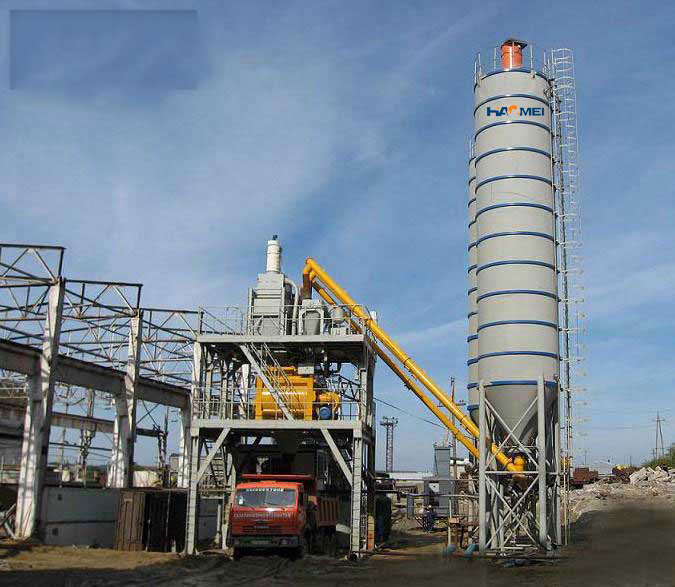With the increasing complexities in infrastructure development and renovation, advanced subsurface detection techniques have become indispensably crucial. Among these technologies, Ground Penetrating Radar (GPR), Utility Locating, Concrete Scanning, and Concrete X-ray stand out as the pioneers in mapping hidden features beneath the surface. This article delves into these technologies, throwing light on their applications and benefits.
Ground Penetrating Radar (GPR): The Subsurface Explorer
Ground Penetrating Radar (GPR) is a non-invasive method used to detect objects, voids, and changes in material beneath the surface without causing any damage. It is extensively employed in the following areas:
- Utility Locating: Identifies the location of underground utilities such as pipes, cables, and sewers.
- Rebar Locating: Detects steel reinforcements in concrete structures ensuring structural integrity.
- Concrete Scanning: Provides a detailed view of the concrete internals to avoid hazards during cutting or drilling.
Utility Locating: Ensuring Safety and Efficiency
The precise Utility Locating of buried utilities is essential for avoiding damages during construction, maintenance, and excavation. Key advantages include:
- Minimizing Risk: Reduces the chances of striking existing utilities, which can result in costly repairs and dangerous situations.
- Compliance: Adheres to regulations and safety guidelines, ensuring a smooth project workflow.
Concrete Scanning vs. Concrete X-ray: A Comparative Insight
When it comes to the inspection of concrete structures, both Concrete Scanning and Concrete X-ray have their unique strengths:
Concrete Scanning
- Utilizes Ground Penetrating Radar (GPR) technology for a real-time, three-dimensional view of the subsurface.
- Non-destructive and efficient, suitable for large-scale surveys.
Concrete X-ray
Read more about Rebar locating here.
- Employs high-energy X-rays to capture detailed images of the internal features.
- Highly accurate but may require access to both sides of the concrete element.
Specialized Applications: Rebar and Electrical Locating
In addition to the above technologies, specific applications such as Rebar Locating and Electrical Locating are indispensable in their fields:
- Rebar Locating: Scans concrete to find steel reinforcements, helping to prevent structural failures and ensuring proper reinforcement placement.
- Electrical Locating: Maps electrical conduits and wiring below the surface, assisting in the safe planning of construction or renovation activities.
Frequently Asked Questions (FAQs)
What is Ground Penetrating Radar (GPR) used for?
Ground Penetrating Radar (GPR) is used for detecting buried objects, identifying changes in material properties, and mapping subsurface features without excavation.
How does Utility Locating benefit construction projects?
Utility Locating ensures the safety of construction sites by identifying the location of underground utilities, preventing accidental damage during excavation activities.
What are the differences between Concrete Scanning and Concrete X-ray?
Concrete Scanning uses GPR technology for real-time imaging, while Concrete X-ray utilizes high-energy X-rays for detailed internal views. Scanning is less invasive, making it suitable for broader surveys, whereas X-ray provides higher accuracy for specific areas.
Why is Rebar Locating important?
Rebar Locating is important for ensuring the integrity of concrete structures, preventing accidents, and guiding precise drilling or cutting activities.
The diverse application of subsurface detection technologies such as Ground Penetrating Radar, Utility Locating, and Concrete Scanning enhances both safety and efficiency, making them indispensable tools in modern infrastructure development and maintenance.

